Knowledge brokering starts with recognising the nature of the problem
Knowledge brokerage is usually viewed as an intermediary activity that bridges the divide between knowledge producers and users. Knowledge brokers can be individuals or organisations who facilitate knowledge exchange or sharing between and among various stakeholders (for example, researchers, policymakers and practitioners). For this purpose, they typically develop relationships and networks with, among and between producers and users of knowledge. They may, for example, identify knowledge sources, translate research findings or provide useful contacts. Knowledge brokers may also have a role in innovation, and in facilitating joint interpretation processes in a common space shared by knowledge producers and users.
As there are many forms of knowledge brokerage, the most important role for knowledge brokers is to help identify which approach to knowledge brokering is the most appropriate in a specific situation. Therefore, in any knowledge-brokering activities, the first thing to do is to stop and think about what kind of problem is being dealt with.
Tame, messy and wicked problems all benefit from different kinds of approaches to knowledge brokerage.
Tame[1] (or simple) problems usually exist in relatively stable situations, where causal relations are rather clear, and where you can expect the ideal solution to be found or developed by someone. The question is rather how to find or commission the “best” evidence. Key words for evidence use are identify, categorise and solve. Tame problems are typically of a technical nature, such as the approval of a new drug for sale or deciding between alternative investment options.
Messy (or complicated) problems are characterised by the existence of abundant evidence, which makes it challenging to identify all relationships between the factors involved. There is usually a range of “good” solutions, which can be found through deduction, or system analysis. Key words for evidence use are clarify, analyse and judge. Urban planning, environmental taxation and the reform of the pension system in an ageing society are examples of typical messy problems.
Wicked (or complex) problems are usually emergent, and any action taken can change the relations between the factors involved. Even the “best” evidence may be very ambiguous. Divergent views exist, and there is no logically deductible solution to problems. Key words for evidence use are framing, sense making and interpretation.
Many of our approaches to knowledge brokering have been developed for dealing with tame and messy problems. They have not necessarily been able to address the type of wicked (or complex) societal challenges that we encounter in today’s rapidly changing and volatile world. Climate change, migration, youth unemployment and global security are often-used examples of wicked problems.
What is knowledge and who is an expert?
Today, it is not only many of our policy problems that are complex, but our information environment too. Societal debate on evidence-based policymaking often opposes “false facts” with scientific evidence. Such a dichotomy easily overlooks the fact that in addition to research results, useful evidence for policymaking can also be derived from foresight activity, social experiments, contextual knowledge and a tacit knowledge of practices. Valuable knowledge for policymaking is not only produced through scientific methods, but also through co-creation, dialogue and deliberation with key stakeholders. It may even be provided through advanced data analytics or artificial intelligence.
Hierarchies of evidence is a concept often heard in discussions on knowledge brokering. Hierarchies of evidence represent ways of ranking different types or pieces of evidence according to selected criteria. Most often, hierarchies of evidence are used to decide on what type of evidence is more credible, relevant or useful than another. The hierarchy of research evidence, for example, may be based on the methodological quality of the study design, validity and applicability of the results. The level of evidence is then assumed to indicate the strength of recommendation.
The tamer the problem is, the more value hierarchies of evidence have. And the more complex the issue is, the less value hierarchies of evidence have.
Hierarchies of evidence work poorly in a world where complexity rules, understanding of the situation is insufficient, appropriate frames for interpretations do not exist, information flows freely and where the authority of gate keepers of knowledge is being eroded.
When dealing with complex phenomena, different pieces of evidence (even at the same level of hierarchy) can justifiably give different answers to questions. Problems may be emergent so that evidence based on the past and cognitive frames inherited from the past have little value for the future.
It is also legitimate to question what “rational” decision-making is in situations where the mental capacity of our conscious minds is too limited to interpret all the evidence that is relevant for dealing with complexity. Instead, decisions may need to be based on well-informed judgment.
In the context of complex problems, evidence is, to some extent, relative. Although many actors are tempted to take advantage of the lack of shared facts, relativity does not mean that anything goes. Nor does it mean that science should be the gate keeper for “truth”. It means that we need to be more open to pluralism in our information environment, but also more conscious of the challenges related to extreme relativity.
When and where are decisions made?
The policymaking process is often viewed as a cycle, beginning with problem definition and ending in policy evaluation that produces new input for defining problems. The trick for knowledge brokering is then to have the supply and demand for evidence meet at the right place at the right time.
When dealing with complex phenomena in a volatile world, policymaking is characterised by continuous learning and adaptation, where the role of different types of evidence may be leaning more towards improving the situational awareness of decision-makers than providing answers to policy-led questions.
Decisions are not made by processes but by people.
Decision-making is strongly affected by the decision-makers’ own rather rigid individual mental frames, through which they interpret any information. Influencing these frames is not easy, no matter how many narratives and visualisations we use in communicating knowledge.
Depending on whether we view the policymaking process as a cycle or as a continuous process of learning and broadening of mental frames, the use of evidence can be illustrated by two different approaches: the “injection approach” and the “hotpot approach”.[2]
A direct injection of evidence or an evidence-flavoured hotpot?
Most of the societal discussion around the evidence-policy interface today centres around the question: How can we better communicate the “facts” to decision-makers to enable “evidence-informed” policymaking? In this “injection approach”, the use of evidence is viewed as a process where the “best” evidence can be identified, or where a unified synthesis of evidence can be created and that evidence transferred from the evidence producer or synthesiser to the decision-maker.
When dealing with complex societal phenomena, it is not possible to determine which piece of evidence is the best one, or to create a unified synthesis. In such situations, knowledge is also created, and different examples of evidence are given meaning in an interactive space between people. This resembles the “hotpot approach” to evidence use.
Just like cooking a delicious stew or hotpot, as the ingredients are simmered and brewed, they all gain additional flavour from interacting with each other. In the same way, with the hotpot approach to evidence use, different types of evidence interact with each other to form an outcome that is more than a sum of the hotpot’s parts.
You can put either people or data into the pot
Adding people to the pot is largely about designing and facilitating dialogue, where the aim is to engage the problem’s various associated stakeholders and experts in joint interpretation and sense making of various types of evidence and perspectives. Dialogue, which is essentially about thinking together, is a wonderful tool for broadening the rigid mental frames of the participants. It also helps to identify where common ground can be found and where disagreements exist and why.
There are two ways of using dialogue to support policymaking. First, you may use the pot to bring experts together for developing a synthesis or joint interpretation of various pieces of evidence. The evolving knowledge or understanding can then be communicated to policymakers as a piece of information (a discussion summary or policy brief, for example). From the policymakers’ perspective, such an approach – although it can produce valuable insight into the policy issue in question – resembles the injection approach more than the hotpot approach. Although the outcome may be convincing, it rarely has an impact on the deep thinking and mental frames of policymakers.
An alternative way of using dialogue to support decision-making is to have the experts participate in the dialogue together with policymakers. The benefits of the dialogue then stem more from joint understanding than from the brokering of evidence. Decision-makers not only gain new information and perspectives on the policy issues, but the dialogue also enables the broadening of the decision-makers’ mental frames. This may have more impact on later decisions than any individual piece of evidence, such as a summary of discussions between others that is communicated to them. In the best case, dialogue builds common understanding in such a way that subsequent decision-making may become a mere formality.
The right mix of participants is a crucial success factor for any dialogue.
Dialogue within a very homogeneous group risks falling into a “groupthink” mode. But, if the group is too heterogeneous, participants in the dialogue may have difficulty relating to and understanding each other.
You can also put data in the pot. Advanced data analytics and artificial intelligence may provide continuously evolving understanding of complex phenomena. They may reveal patterns that the human brain cannot and, thus, they can also be powerful tools for broadening our mental frames.
In fact, in a complex world, knowledge brokerage will be of limited value without an ability to design and facilitate joint sense-making and interpretation processes, and without a sufficient understanding of the opportunities provided by artificial intelligence.
Unfortunately, many scientific communities are more skilled in debate than in dialogue, and more comfortable with traditional analytical methods than with advanced data analytics and artificial intelligence. Rather than constraints, these should be considered as learning opportunities to be embraced.
Choosing approaches to knowledge brokering
When designing knowledge brokerage approaches, the starting point is to recognise what type of problem you are dealing with.
When facing a tame (simple) problem, a supplying[3] approach to knowledge brokering may be sufficient. In the supplying approach, knowledge brokering deals with identifying knowledge needs and/or the experts who could deliver that knowledge.
When dealing with a messy (complicated) problem, a bridging approach to knowledge brokering may be appropriate. In this approach, the focus is on bridging diverse pieces of evidence or networks, or both. Knowledge brokers may interact with and build bridges between different knowledge producers to construct a synthesis from multiple pieces of evidence. Knowledge brokers may also engage in intense interaction between the producers and users of knowledge, to make sure that any questions the users may have are translated for the knowledge producers, and to enable the efficient use of evidence in policymaking.
There is ample literature and experience available on how knowledge brokering based on supplying and/or bridging approaches works and what skills are needed in these contexts, looking at knowledge use from the perspective of both knowledge producers and policymakers.[4] When dealing with wicked (complex) problems, all these skills are necessary, but they are not sufficient.
Dealing with wicked (complex) problems requires that a facilitation approach is adopted in knowledge brokerage. The key is to design and facilitate processes where the expertise of both knowledge producers and policymakers is integrated through joint interpretation of divergent pieces of evidence.
In a facilitation approach to knowledge brokering the boundaries between knowledge production and use are not bridged but blurred.
The facilitation approach to knowledge brokering requires new kills
A starting point for skills development in knowledge brokering is the ability to understand the very nature of the policy issues involved. It is particularly important to understand complexity – how it differs from and how it is more than what we are used to calling “complicated”. Next, skills are needed to understand the differences between the supplying, bridging and facilitation approaches to knowledge brokering.
In knowledge brokering, more capabilities are needed for evaluating evidence, synthesising evidence and communicating it. We have tame and messy policy problems where the supplying and bridging approaches to knowledge brokering work rather well. But when dealing with complex societal phenomena, which requires the adoption of a facilitation approach to knowledge brokerage, some additional skills are needed.
For example, skills are needed for managing and respecting the diversity of knowledge and expertise, not just for evaluating the quality of different forms of information. Knowledge is also tied to social contexts and created in social processes, which is why skills are needed for managing expert communities, networks of knowledge producers and users, and ecosystems of knowledge, for instance.
Skills are also needed for facing and dealing with true uncertainty that does not arise from a lack of evidence but from the emergent nature of the phenomenon itself.
Moreover, we need skills that enable us to not only communicate evidence effectively, but to have an impact on the deeper, unconscious mental frames that guide decision-making. Skills are needed for designing and facilitating dialogue processes and for using advanced data analytics methods.[5] What is needed are the skills to cook good hotpots.
Knowledge brokerage skills for complex phenomena from Sitra the Finnish Innovation Fund
This article is based on a presentation held at the INGSA (International Network for Government Science Advice) conference in Tokyo, Japan on 8 November 2018 (see the slides from the presentation above).
This article has benefited from the findings from several studies conducted under the Finnish Innovation Fund Sitra’s Knowledge in Decision-Making project.
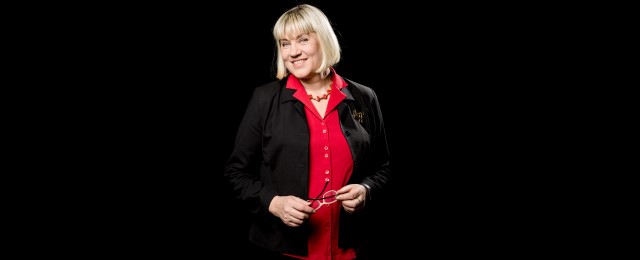
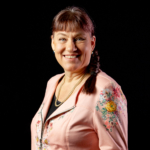




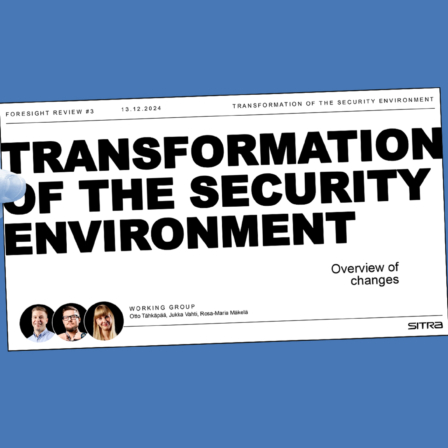
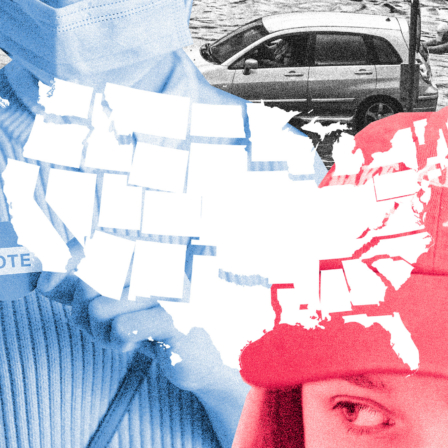


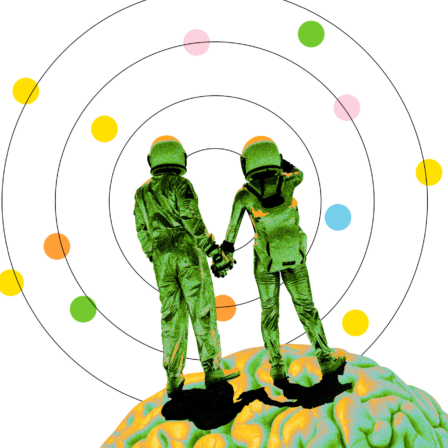


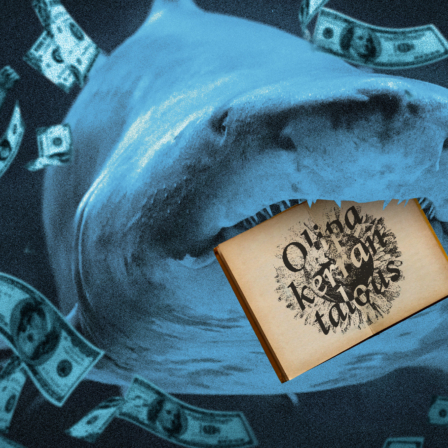
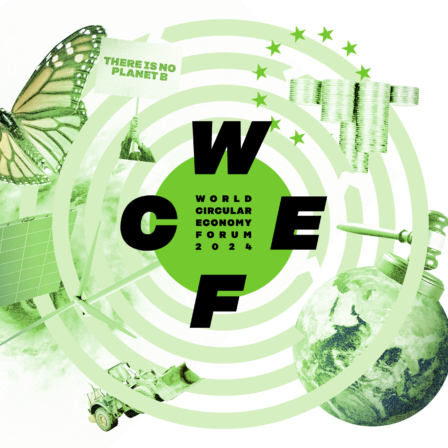
Recommended
Have some more.